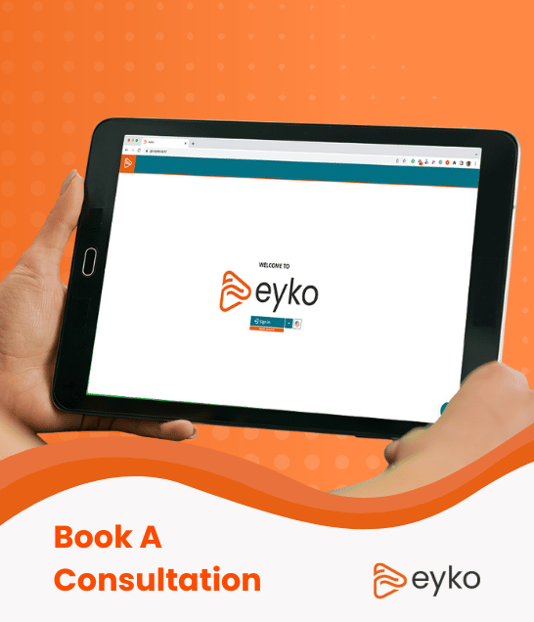Discover the Easy Button for Multiple Data Sources into Power BI
Multiple Data Sources Made Easy for Power BI
I like reviewing Power BI posts on LinkedIn and Reddit to discover the latest ideas, thoughts, challenges, and creative solutions to implementing and adopting Power BI. Power BI developers are creative, resourceful, and determined. Their passion for Power BI comes through as you read the posts and discussion threads.
In this article, I explore the challenge of creating Power BI reports on top of multiple data sources. If you are a deep Power BI expert or user you may think Power Query can resolve merging data from multiple data sources, and you are right. However, the learning curve and technical competencies required are high. It may also not connect to the wider variety of data sources within your enterprise and have volume constraints. Also, when you add in the complexity of merging data sources like complex ERP systems, the journey becomes even more challenging.
Why is connecting to multiple data sources a challenge with Power BI?
The issue stems from Power BI only supporting one live database connection at any time. If you’ve already spent the money on an ETL tool and loaded sources into a single data warehouse for a Power BI deployment, then you are ahead of many organizations. However, with the rapid explosion of new data sources (from IoT, SaaS, Cloud, applications at the edge, and other business applications), many organizations, specifically business users, are forever asking the I.T. or data teams to load new sources into the warehouse. Often these requests take months forcing business users to download CSV files, and even export from Power BI to further stitch the data together in Excel. As we all know, this workflow is not scalable or repeatable, and is prone to errors.
What if there were a way to keep users inside Power BI and make it easy for them to add, combine, merge, and clean all their data sources without constantly waiting for I.T. teams or forcing Power Query to do unnatural acts?
How eyko helps Combine Multiple Data Sources for Power BI reporting
This is where eyko comes in. We didn’t design eyko to compete with Microsoft. In fact, beneath the covers is a rich set of Microsoft services (Including Fabric) that ingest, load, and transform multiple data sources from raw data into analysis ready in-memory stores optimized for Power BI. eyko is the integrated end-to-end workflow (on top of Azure) that makes it easy for business users to leverage the power of Microsoft Azure services without being an IT, Data, or Azure expert.
What makes eyko different is that we designed it to be simple for business analysts to connect to and leverage some of the world’s most complex data sources without being a SQL, ETL, or script coder. eyko’s ability to understand and transform enterprise systems like ERP, Salesforce, Snowflake, etc. comes from the deep Application Intelligence built into eyko’s easy to use experience. Ask any ETL expert how hard it is to understand ERP schemas (like JD Edwards) and they will tell you it’s a nightmare. eyko makes it easy.
eyko’s workflow gives users the ability to select multiple data sources and then guides them through combining, cleaning, and enriching the data sources into blends for analysis purposes. Read this blog and watch the video mentioned within the blog to see how easy it is to combine two very complex data sources (Oracle JD Edwards and Salesforce) for reporting and analysis.
Ultimately, eyko helps you get all your data ready, more quickly and easily for Power BI reports and dashboards. And you can use the Power BI embedded templates inside eyko or use Power BI standalone to connect to the data source eyko assembles from multiple sources.
Again, we feel Power BI is a phenomenal tool. We love the Microsoft platform and want to see Microsoft users get more out of Power BI and Fabric.
Share this
You May Also Like
These Related Stories

How is eyko disrupting the analytics market landscape?

How eyko works

